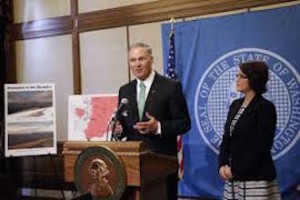 On May 15, Washington Governor Jay Inslee declared a statewide drought emergency.
On May 15, Washington Governor Jay Inslee declared a statewide drought emergency.
In his announcement, Governor Inslee states, “We’re really starting to feel the pain from this snowpack drought. Impacts are already severe in several areas of the state. Difficult decisions are being made about what crops get priority water and how best to save fish.”
With the snowpack at 16% of normal, the runoff is expected to be the lowest in 64 years. The Department of Ecology has requested 9.5 million in drought relief. Much of the drought relief will be spent on agriculture and department of fish and wildlife in the way of emergency drought applications for farmers and funding action now for fish passage.
A small amount of emergency relief will through conservation education. To little to late? While the response from the Governor’s office has been timely for the current drought, RainBank Rainwater Systems president Ken Blair, along with the American Rainwater Catchment Systems Association (ARCSA) have been providing education about water conservation for years.
“We have experienced pretty much normal rainfall amounts this year, it is the lack of snowpack that will be the issue this summer”, explains Blair. Storage and use of roof runoff helps reduce the demand on our local reservoirs and aquifers 100 % of the time, leaving more available water during dry periods. With the use of rainwater collection, both for residential and commercial application, demand is lowered and storage is increased. This does not do much for irrigation in agriculture but it does supplement domestic use and enhances in stream flow rates. A simple rainwater collection system can yield enough water from the roof to supplement or fully support a residence with its water demand. Commercial application can be used for non potable usage and mitigate much of the building’s water demand.
RainBank Rainwater Systems applauds Governor Inslee in being proactive in his delegation of this water emergency, but encourages more education in conservation methods for future water shortages. Education and implementation will help assure water for the future.

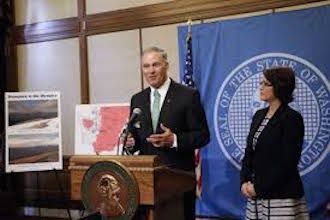
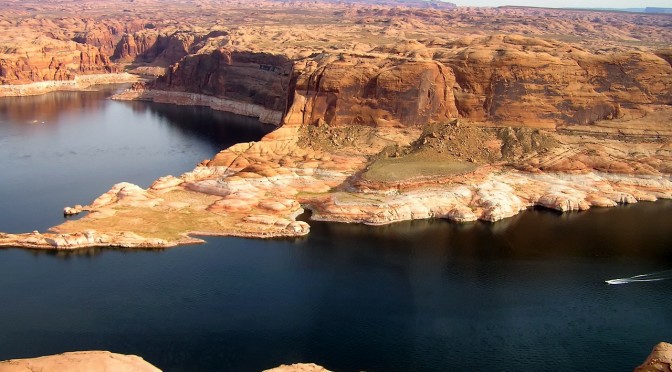
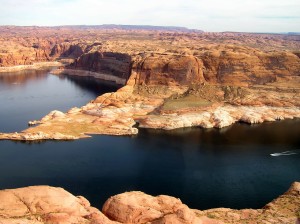 Utah Launches Rain Harvesting Program
Utah Launches Rain Harvesting Program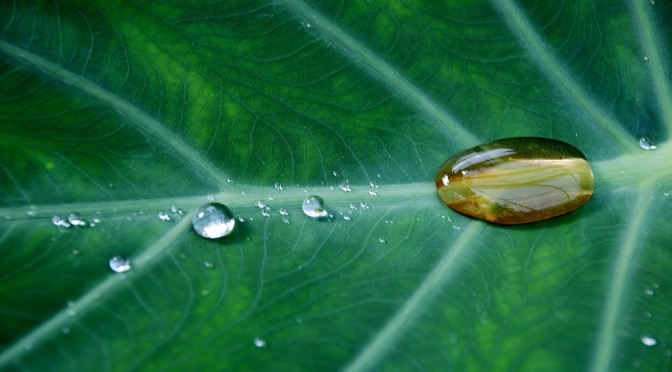
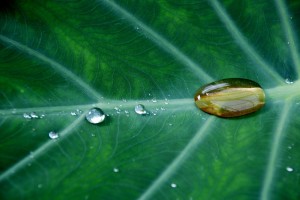 Significant, economic, social, and environmental benefits can be achieved by collecting, storing, and using rainwater. According to the
Significant, economic, social, and environmental benefits can be achieved by collecting, storing, and using rainwater. According to the